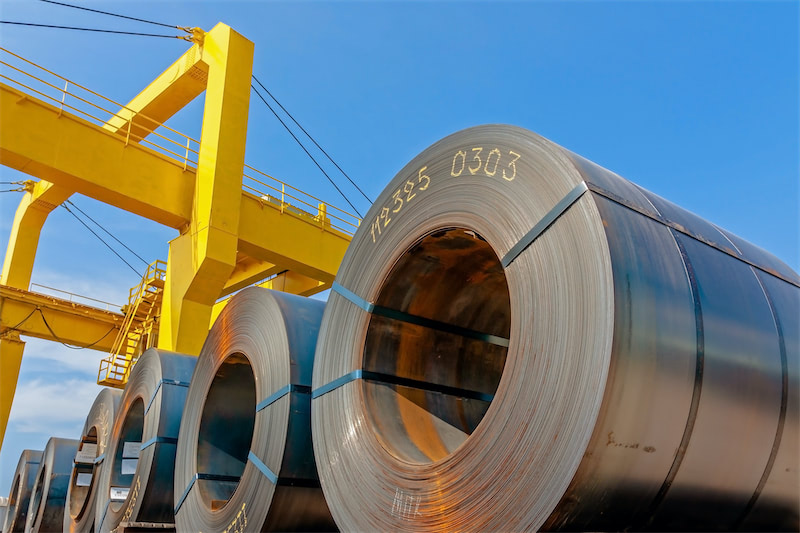






Last month, the bids for two central state-owned enterprises' ESS procurement projects requiring battery cell capacity ≥314Ah have been opened, which are noteworthy.
First, on March 14, the bid for the 1.5GW/6GWh ESS procurement project by Xinjiang Huadian was opened. The project, divided into six sections, includes grid-forming and grid-following technologies, and will be deployed in Urumqi and Kashgar, Xinjiang. The bidding results showed that 57 companies participated, with a quotation range of 0.398-0.565 yuan/Wh and an average bid of 0.445 yuan/Wh.
Second, on March 18, China Huadian Group announced the shortlisted candidates for its 6GWh ESS framework procurement for 2025. Six companies were shortlisted: CRRC Zhuzhou Institute, Electrician Times, Sungrow, TBEA, EAST, and Guodian Nanjing Automation. Three alternate companies were also selected: Huadian Engineering, HyperStrong, and BYD.
It is reported that this centralized procurement attracted 67 companies, with the nine shortlisted candidates quoting between 0.458-0.486 yuan/Wh and an average bid of 0.475 yuan/Wh. The tender documents indicated that the procurement was for 2h and 4h ESS.
Notably, in addition to the requirement of battery cell capacity ≥314Ah, both projects also set corresponding requirements for bidders' past performance. Bidders were required to have at least one operational project with a capacity >80MWh or have contract performance for LFP electrochemical energy storage system integration equipment with a single project capacity exceeding 10MWh and a cumulative capacity of no less than 1GWh, which must include at least battery prefabricated cabins and PCS. Furthermore, the Huadian Group's 2h and 4h ESS tender projects also required bidders to have independent R&D and production capabilities for at least one of the following: battery cells, PCS, or EMS.
From the tender market perspective, since H2 2024, some clauses in central state-owned enterprise utility ESS tender documents have generally raised supplier qualification requirements. In February this year, the government introduced relevant policies, phasing out "mandatory energy storage allocation," and ESS demand will be more determined by market mechanisms. This also means that tender solicitors will pay more attention to whether ESS can truly function and operate reliably in the long term. In terms of pricing, although the average bids of around 0.45 yuan/Wh and 0.48 yuan/Wh remain low, the quotation range has shown a narrowing trend. This indicates that ESS centralized procurement is shifting from "price priority" to "quality priority."
Regarding battery cells, since H2 last year, 314Ah cells have frequently appeared in central state-owned enterprise ESS centralized procurement projects, and the two aforementioned projects are no exception. It is understood that compared to the previously mainstream 280Ah cells, 314Ah cells offer a capacity increase of about 12%, with each cell achieving a precise capacity of 1kWh.
When applied to ESS, on one hand, 314Ah large battery cells can ensure each cell is fully utilized and avoiding waste due to inflated rated capacity. On the other hand, the number of cells, connectors, and management units required for the system is significantly reduced, leading to material savings and improved assembly efficiency. This means that in projects of the same scale, the number of battery series and parallel connections can be greatly reduced, lowering system complexity and cost.
From a market penetration perspective, data shows that 314Ah cells achieved mass production in 2023-2024, with a global penetration rate of 40% in 2024 and a capacity transition rate from 280Ah to 314Ah exceeding 50%. It is expected that the market penetration rate of 314Ah cells will increase to 70% by 2025.
Since the beginning of this year, multiple battery cell manufacturers have reported that market competition has entered the 2.0 stage, with races in higher technical standards, longer energy storage durations, and stricter safety guarantees already underway. Iterative upgrades of 314Ah cells are continuously being launched, such as REPT Battero's "Wending" 314Ah, SEVB's next-generation 314Ah cells, CALB's "Zhijiu" products, Lishen's new-generation high-energy-density 314Ah cells, CORNEX New Energy's Long π, and Hithium's new-generation 314Ah cells for utility ESS.
Notice: This news is sourced from https://www.163.com/dy/article/JRGR5VH40553XZF1.html?spss=dy_author and translated by SMM into English. The Chinese content of the news (including the pictures and videos if any) is uploaded and posted by a user of NetEase Hao, which is a social media platform and only provides information storage services.
For queries, please contact Lemon Zhao at lemonzhao@smm.cn
For more information on how to access our research reports, please email service.en@smm.cn

